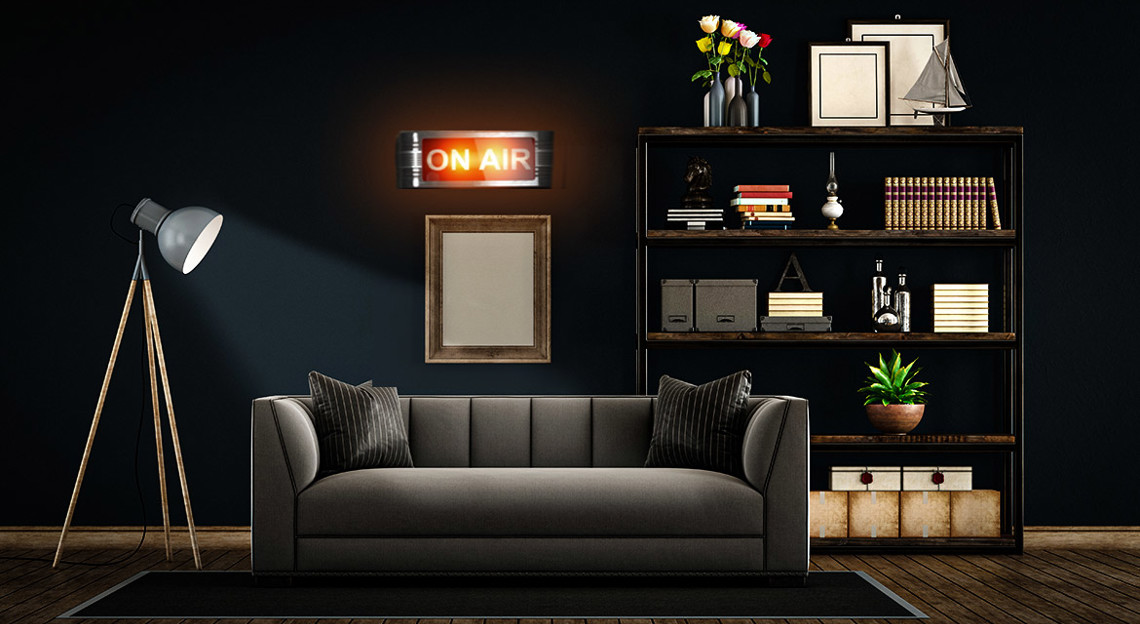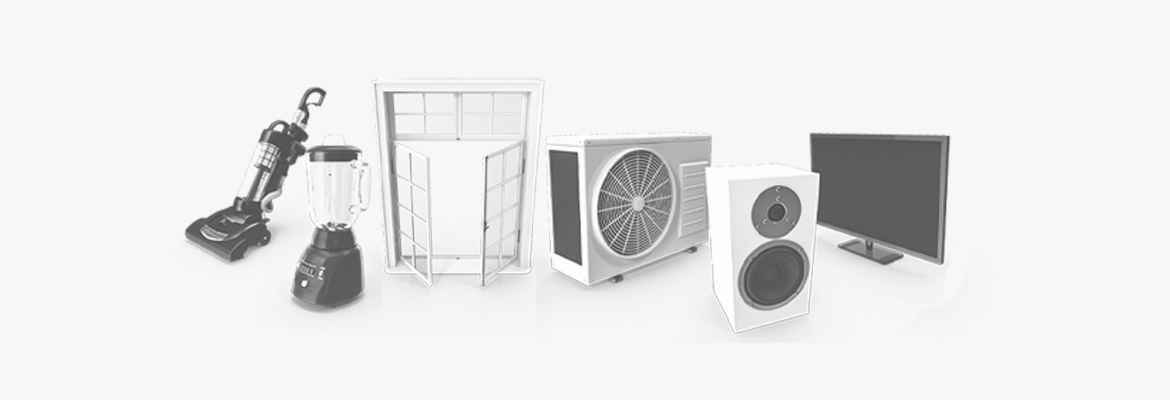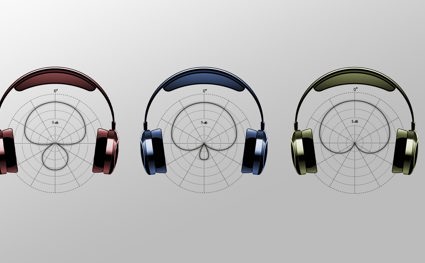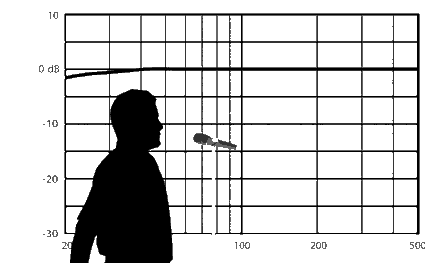10 tips for content creators working from home
A content creator's audio must sound clear so that people can concentrate on the message and perceive it as trustworthy. No matter whether you are reporting for radio or television, or creating online content, here are ten tips for any creator working in a home environment. The list is organized in prioritized order.

Of course in this time of COVID-19, first and foremost you should take proper safety precautions including washing your hands regularly and coughing into your elbow. In addition, clean your audio equipment regularly – including mics and windscreens.

The room
Never use the bathroom, kitchen, stairway, or any other hard sounding room to do the actual recording or live streaming. The sound will become too reverberant. It disturbs the message and may even reduce speech intelligibility. If you choose to go outdoors, make sure that the background noise is sufficiently low. Otherwise, the bedroom or the living room are better options.

The microphone (part 1)
Consider using a headset microphone. It is close to the sound source, keeps a constant distance to the sound source and provides a hands-free solution. It secures undisturbed sight for the user as well as provides a high speech-to-background noise ratio. In addition, it stays in position if fitted correctly. An omnidirectional microphone provides full bandwidth for your voice, no matter how low pitched it is.

The microphone (part 2)
If you are using a table microphone or a handheld microphone, keep the distance constant and as close to the mouth as practically possible. This keeps background noise at a low level. A small off-axis angle of 30° to the microphone is ok and may allow you to better see your screen or documents. This angle can also reduce the risk of picking up breath noise from your nose and mouth.

Kill the background noise
Background noise is disturbing, especially if it is an audio-only production - viewers may accept some background noise if they can see the noise source. Make sure to stop unneeded noise sources: running kitchen machines, noisy ventilation and traffic noise via open windows.

Limited bandwidth
If your transmission system has limited bandwidth (for instance, due to weak wifi), then prioritize audio over video. Continuous audio transmission is vital for the intelligibility.
Be aware of electrical and electromagnetic disturbances
Check that your equipment is not sensitive to electrical and electromagnetic disturbances from cell phones (roaming), light dimmers, wireless systems, etc. If it is a problem, you may need better equipment that is less susceptible to the electromagnetic noise.
Stay away from reflections
If your voice is acoustically reflected back into the microphone, there is a risk of unintended coloration of the sound (comb-filtering). Make sure your computer screen, as well as all window and table surfaces do not reflect the sound. Keep the microphone closer to your mouth than to any reflecting surface. (A headset microphone is a great solution).

Loudness/level
Most broadcasters comply with international standards for loudness (see table). Music streaming services may normalize your content according to their standards. If possible, normalize your recording according to these standards or use a plug for live monitoring the loudness level.
|
Broadcast / Streaming Service |
Integrated Loudness / play back |
|
EBU (Europe) |
-23 LUFS ±0,5 LU |
|
ATSC A/85 (US) |
-24 LKFS ±2 LU |
|
ARIB TR B32 (Japan) |
-24 LKFS ±2LU |
|
AES guidelines for streaming |
-20 – -16 LUFS |
|
Apple Music *Soundcheck On* |
~-16 LUFS |
|
Amazon Music |
~-14 LUFS |
|
YouTube |
~-13 LUFS |
|
Spotify |
~-14 LUFS (ReplayGain) |
|
Tidal |
~-14 LUFS |
|
Netflix |
-27 LKFS ±2LU |

Avoid loud headphones
If you monitor the transmission using headphones, keep the level as low as possible to prevent cross talk. Earbuds usually emit less sound compared to headphones. If you are editing your recording, maintain a constant level while monitoring. Preferably all editing is done with loudspeakers if their quality is high enough; if not, use good headphones that are provided or recommended by the broadcaster.

Comp and eq
Equalizing and compression may provide better sound and better intelligibility. However, it often takes a trained sound engineer to get it right. If you work for a broadcaster, learn from your station how much (or how little) processing is necessary. Too much compression makes the voice sound more nervous (emphasizing the breath). Also, it may increase the perceived reverberation time. Once set, keep it the same. If in doubt, leave it.


